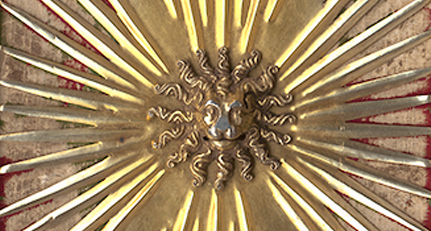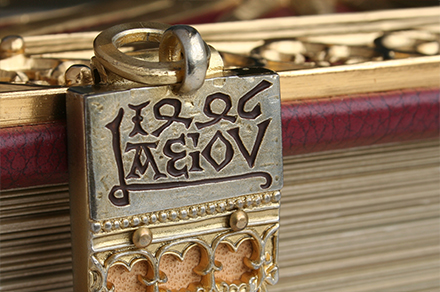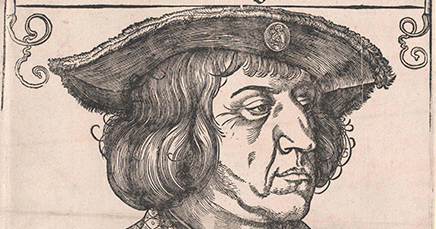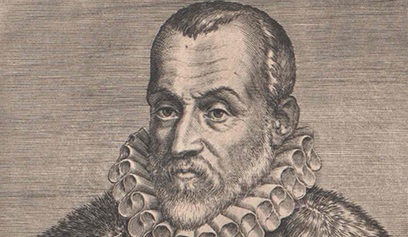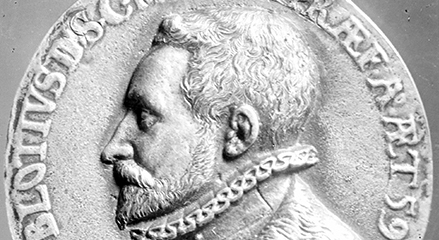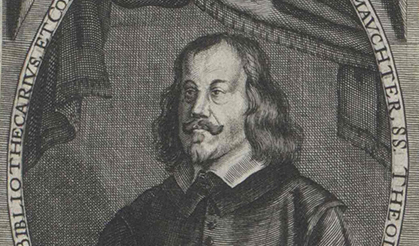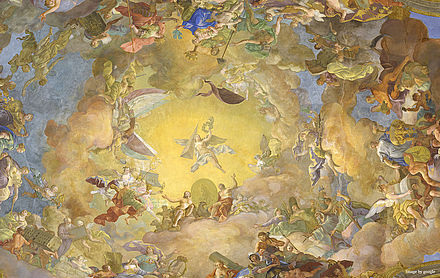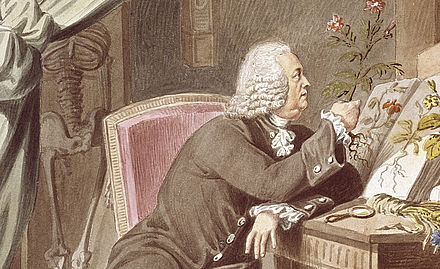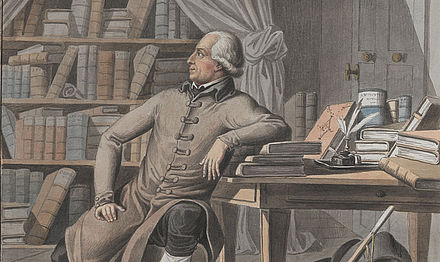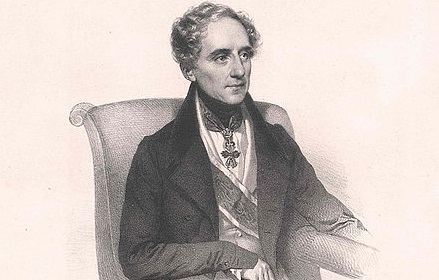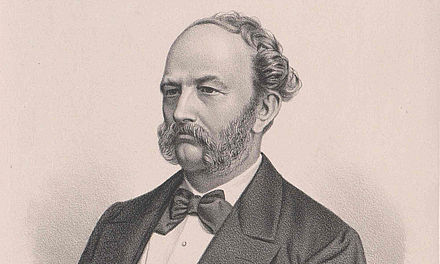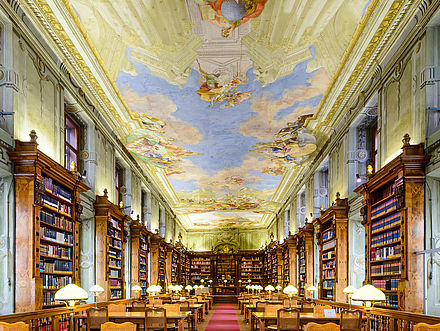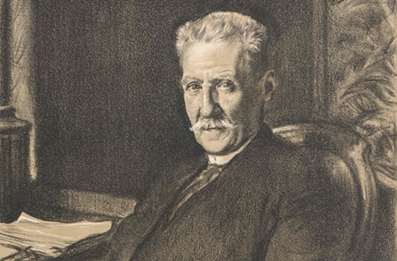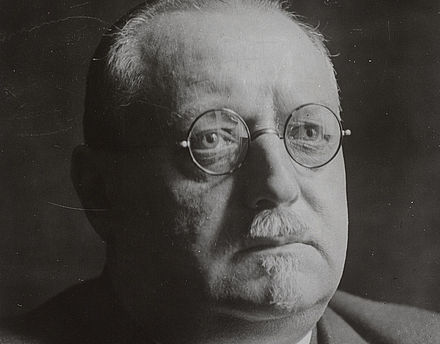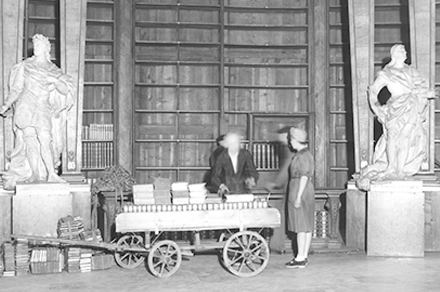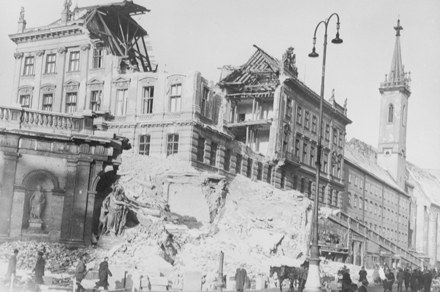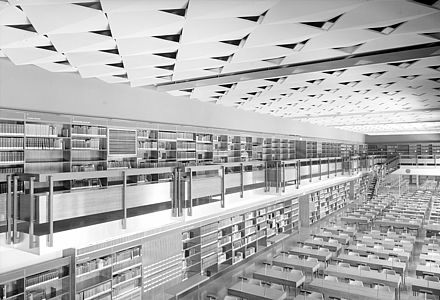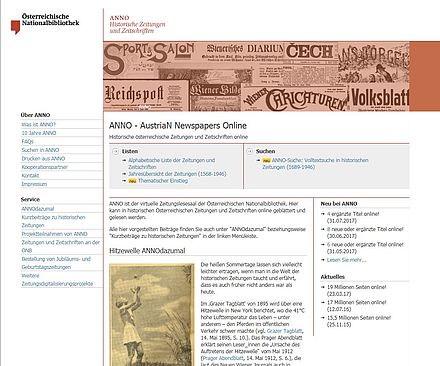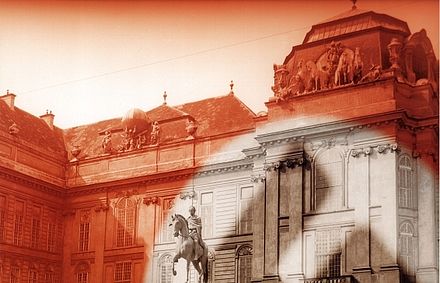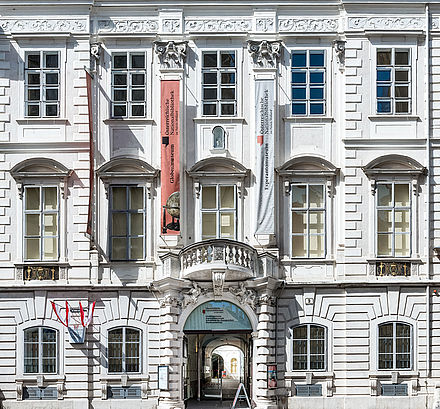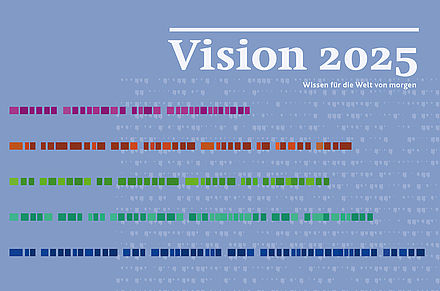Time travel through 650 years of Austrian National Library
From the Middle Ages through the baroque period to the present day: come with us on a short visit through the most important periods in the history of the Austrian National Library!
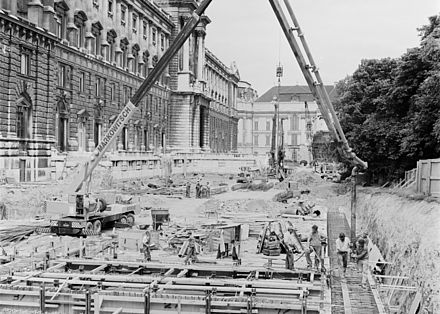
Book Storage Depot, Aurum, General Refurbishment
In the following years, the new book storage depot beneath Burggarten, the reconstruction of the ground floor underneath the State Hall (Aurum) and the general refurbishment of the library’s user area contributed considerably to the improvement of the library’s spatial setting.
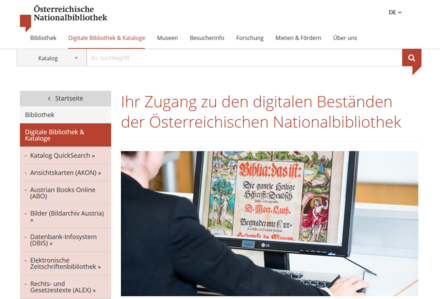
Long-term Strategic Concepts
In 2006, the Austrian National Library defined its strategic goals for the period 2007–11. Its focal points were on digitisation, the optimisation of catalogues, and long-term archiving. Based on the paper Vision 2025, which was set up in 2012, further strategic concepts followed for the periods 2012–16 and 2017–21.

